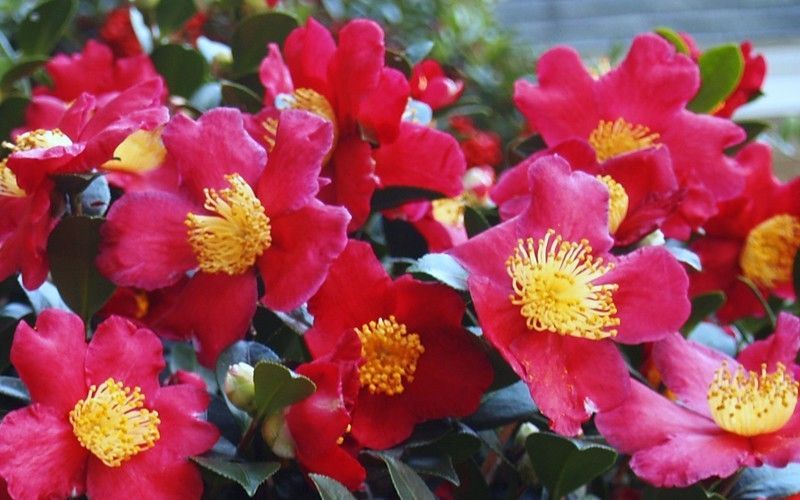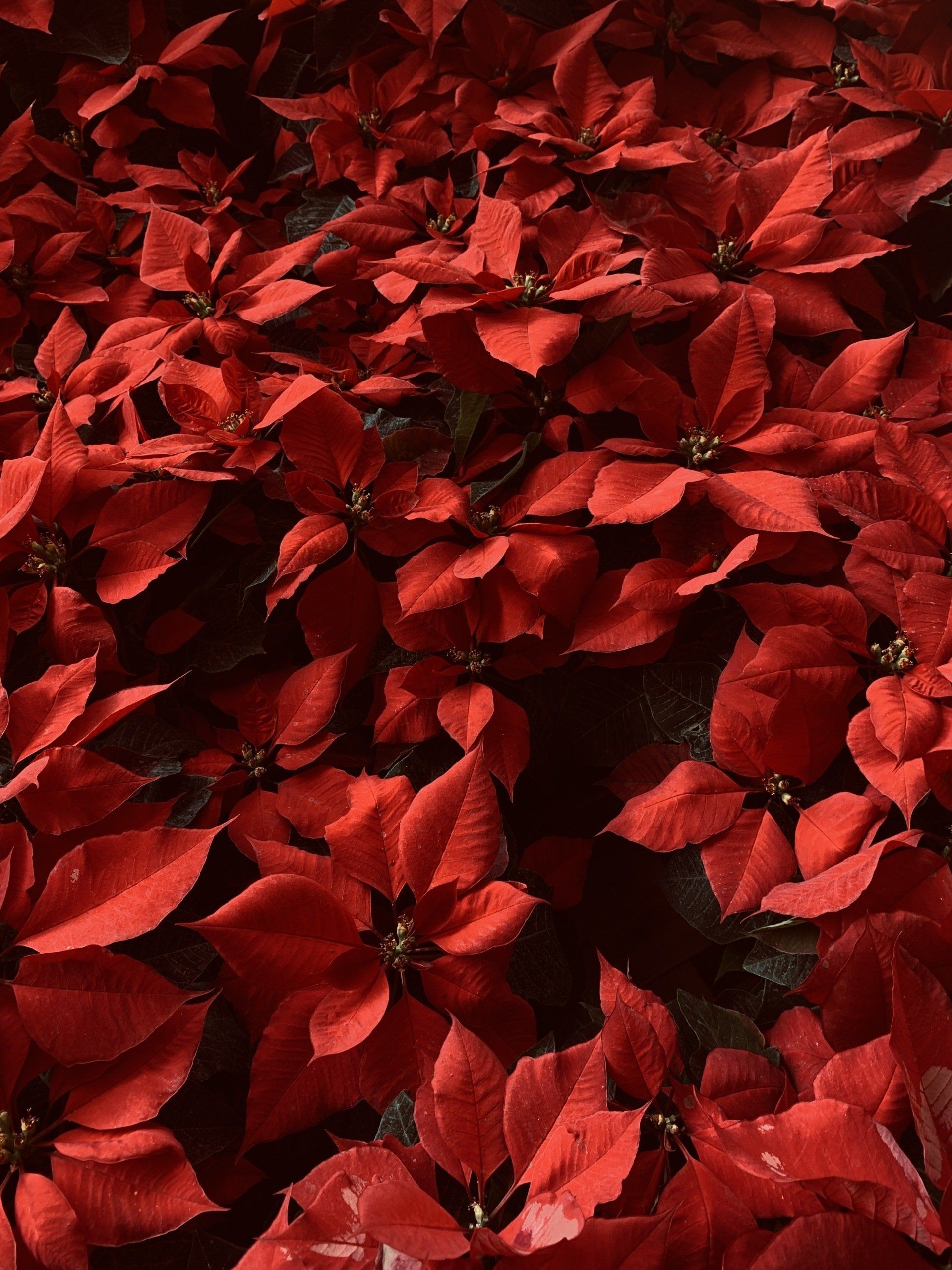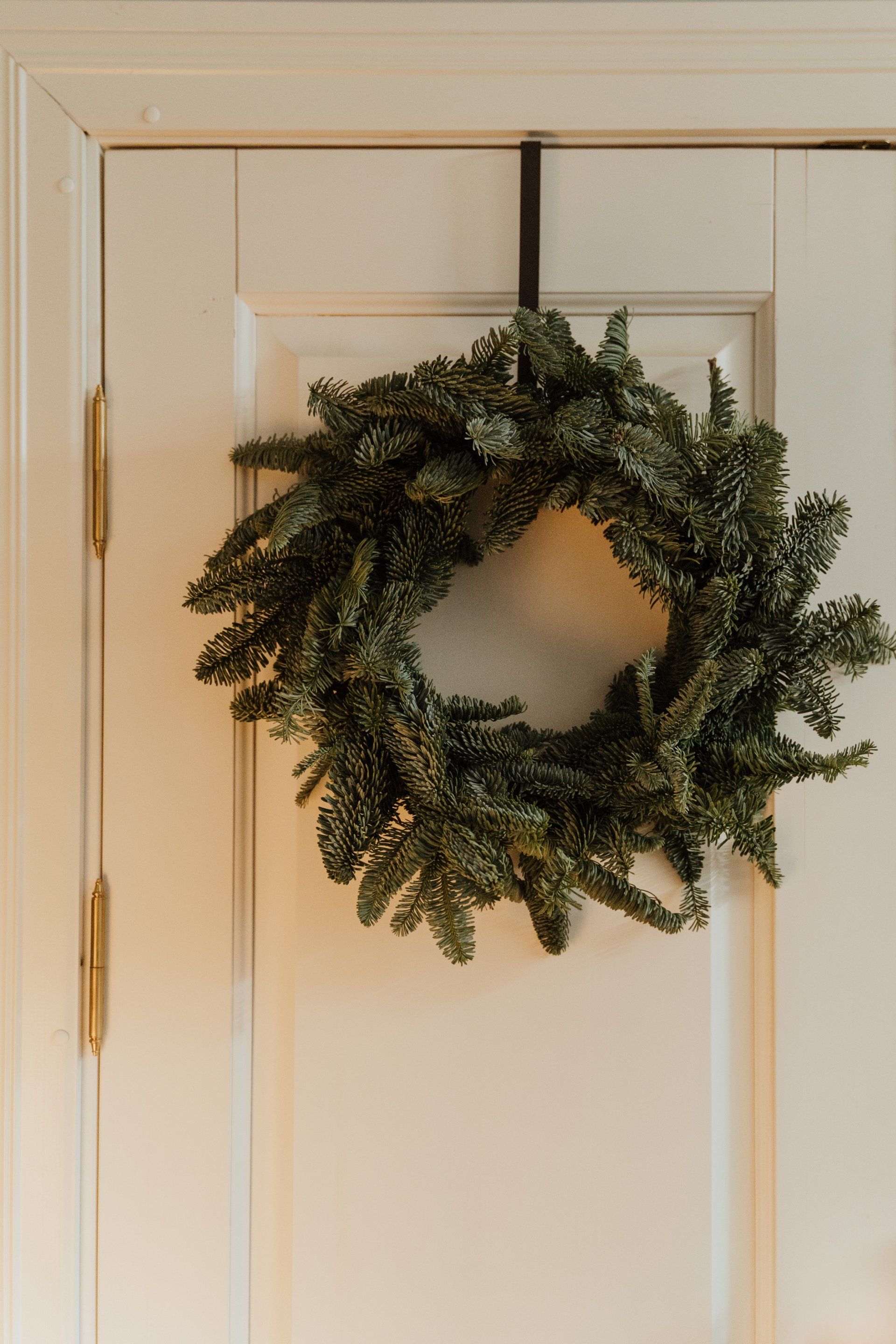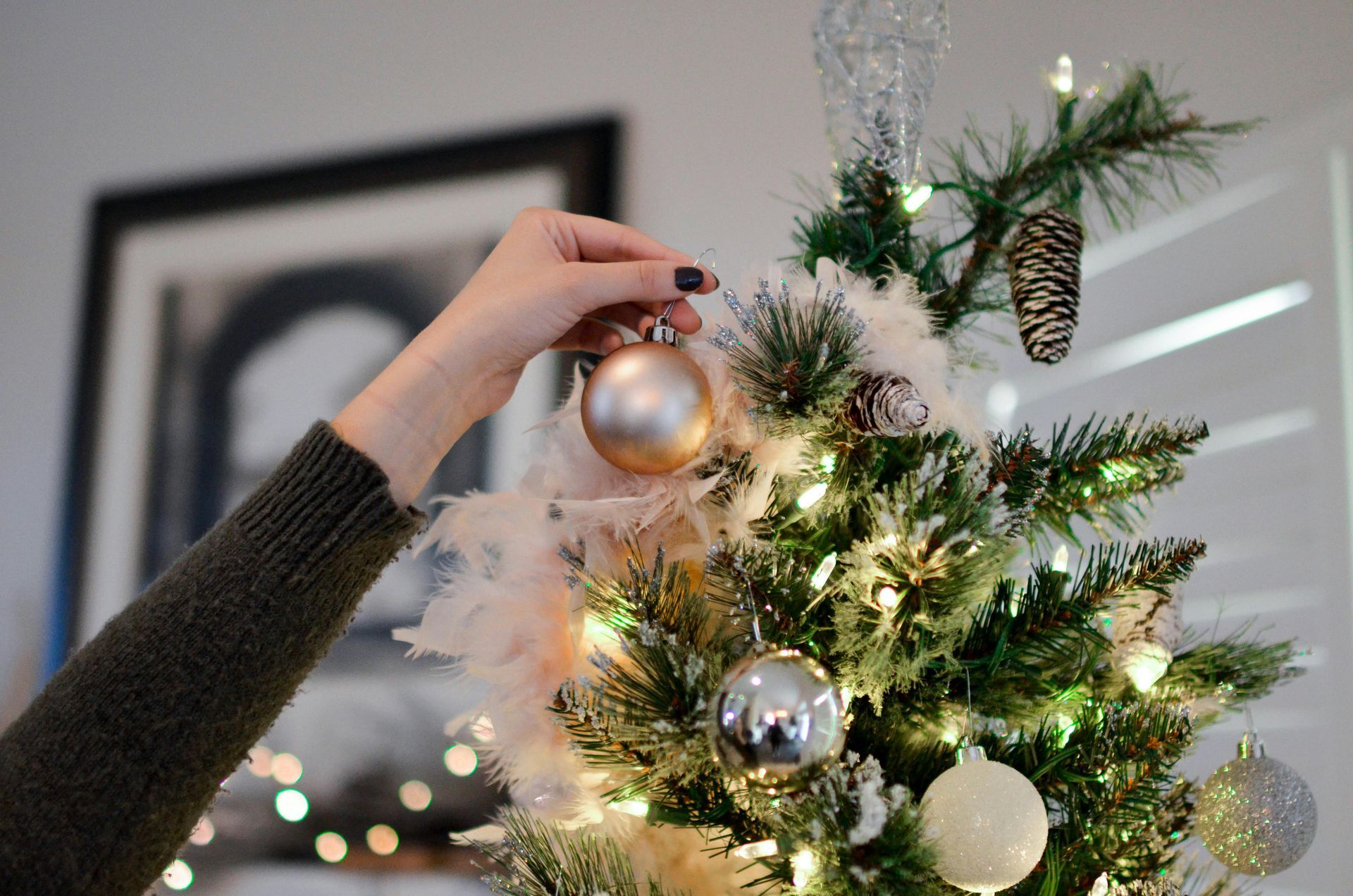Lettuce Get Started with Seeds in the Garden
All types of lettuce (romaine, butterhead, leaf, and head) all grow well in Louisiana. Purchase fresh seeds and the gear needed to plant them here.
Seeds should be planted a one-eighth of an inch deep or less. Many varieties of lettuce germinate better if light can reach the seed. Cover lettuce seed with vermiculite or simply press the seed firmly on top of the soil and lightly water them in to achieve a good stand. Outdoor temperatures are generally warm in early fall, so there is no need for a greenhouse to germinate lettuce seed. But if temperatures cool and you move seeds indoors for germination, remember to place the trays in full sunlight or in the sunniest window you have. All emerged seedlings need full sunlight or they will stretch. You know your seedlings are not receiving enough sunlight if the two cotyledon leaves are on top of a very leggy, thin, white stem. The goal for all vegetable transplants, including lettuce, is to be short, stalky and darker green.
Leaf lettuce can easily be directly seed into a well-prepared garden soil. But it may be best to start romaine, head and butterhead lettuces in smaller containers and then transplant them into the garden.
Space head-type lettuces 12 inches apart. You can double-drill the row with 6 to 8 inches between drills. Plant lettuce transplants or seeds throughout the fall season rather than planting all lettuce on one day. This will help you lengthen the harvest period and not have too much lettuce to eat all at the same time. For example, if you have a row dedicated to lettuce, plant a third of the row in September, a third in October and a third in early November.
Leaf lettuce can be harvested by plucking individual foliage off the plant or by trimming the entire bunch back to 2 inches in height. Apply fertilizer on the harvest date and watch the lettuce re-emerge for a second harvest. Head lettuces are harvested once. Because there are so many varieties of lettuce available, it is important to know the average days until harvest. Read the seed packet carefully. It should tell you the average number of days between sowing and harvesting. Many lettuces are harvested between 45 to 80 days after sowing. Harvesting immature lettuce is fine as the taste will be acceptable. However, over mature lettuce becomes very bitter. Lettuce is over mature when it bolts and forms a flower stalk. Often, lettuce is over mature even before the flower stalk emerges. If you pinch off a leaf or two at the base of the plant and a milky substance seeps from the wound, the lettuce is over mature.
Although not scientifically proven, Dr. Kathryn Fontenot, an LSU Ag Center Vegetable crop specialist, said she has found that when harvesting whole heads of lettuce, keeping the roots attached to the head and rinsing roots free of soil will lengthen postharvest life.
Insects to watch out for include snails, aphids and worms. Only spray insecticides after correctly identifying the culprit. Insecticides should never be applied preventatively.
Good luck in the vegetable garden!
Dr. Kathryn Fontenot Vegetable Crop Specialist, LSU Ag Center Horticulture Hints









